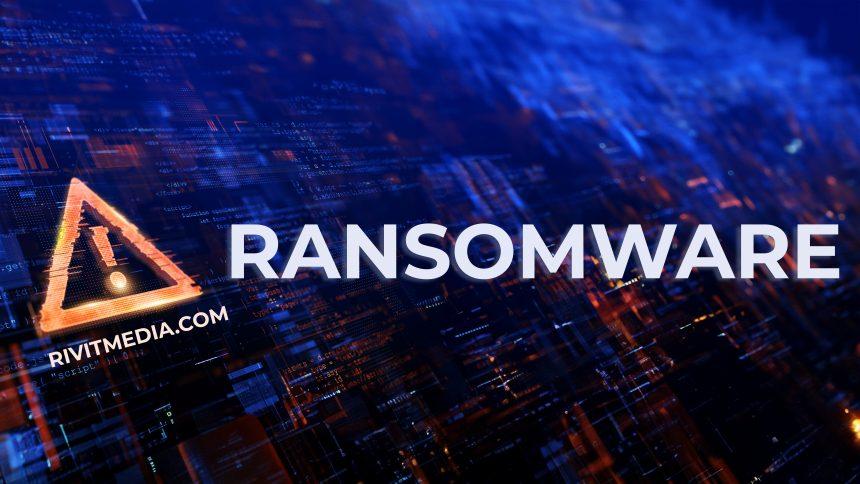Ransomware is a form of malicious software designed to block access to a computer system or its data until a ransom is paid. Once installed, ransomware encrypts the victim’s files, making them inaccessible, and demands payment for the decryption key. This type of malware is particularly dangerous because it directly threatens the victim’s access to essential data, potentially crippling both personal and professional activities.
Prince Ransomware: Overview and Functionality
Prince Ransomware is a specific variant of ransomware that poses a significant threat to users by encrypting their files and demanding a ransom for their release. Once Prince Ransomware infiltrates a system, it begins by executing a payload that encrypts files with a specific extension, such as .prince. The ransomware’s encryption process renders these files unreadable to the user, effectively locking them out of their own data.
The primary method of infection for Prince Ransomware is through phishing emails or malicious attachments. Users might receive emails that appear to be from legitimate sources but contain infected attachments or links. Opening these attachments or clicking on these links can lead to the download and execution of the ransomware.
After the initial infection, Prince Ransomware performs several actions to maximize its impact. It begins by encrypting files and appending the .prince extension to them. The ransomware also creates a ransom note in the form of a text file named README.txt or a similar file. This note provides instructions on how to pay the ransom and recover the encrypted files. The note typically includes a demand for payment in cryptocurrency, often Bitcoin, and details on how to contact the attackers to facilitate the payment.
Consequences of Prince Ransomware
The primary consequence of a Prince Ransomware infection is the loss of access to crucial files, which can cause severe disruptions to both personal and business activities. Without access to decryption tools, users are left with no option but to comply with the ransom demands or face permanent loss of their data.
Symptoms of Prince Ransomware Infection
- File Extensions: Files encrypted by Prince Ransomware will have the
.princeextension added to their original filenames. - Ransom Note: Presence of a ransom note file on the system, usually named
README.txtor a similar variant. - Inaccessibility of Files: Users will find that their files are inaccessible and cannot be opened or used.
Detection Names for Prince Ransomware
- Prince Ransomware
- PrinceDecryptor
- .prince file extension
- README.txt ransom note
Similar Threats
Users may encounter other ransomware threats similar to Prince Ransomware, such as:
- CryptoLocker
- WannaCry
- Locky
- Ransomware variants with different file extensions and ransom notes
Removal Guide
- Disconnect from the Internet: Immediately disconnect your computer from the internet to prevent further communication with the ransomware server and stop the spread of the infection.
- Boot into Safe Mode: Restart your computer and enter Safe Mode to prevent the ransomware from running. On Windows, you can access Safe Mode by pressing
F8during startup and selecting Safe Mode. - Delete Malicious Files: Open Task Manager (Ctrl + Shift + Esc) and look for suspicious processes. End these processes and navigate to the directories where the ransomware might be hiding. Delete any suspicious files associated with Prince Ransomware.
- Remove Ransomware from Startup: Access the System Configuration tool (msconfig) and disable any entries related to Prince Ransomware.
- Run Anti-Malware Software: Download and run SpyHunter for a thorough scan and removal process. SpyHunter provides a free scan to detect malware and can help in removing ransomware effectively.
- Restore Files from Backup: If you have backups of your files, restore them from a clean, unaffected backup. Ensure that the backup is free of any ransomware before restoring.
- Change Passwords: After removing the ransomware, change all passwords for accounts that were accessible from the infected computer.
Preventing Future Infections
- Use Strong, Updated Antivirus Software: Regularly update your antivirus software to protect against new threats.
- Be Cautious with Email Attachments: Avoid opening email attachments or clicking on links from unknown sources.
- Keep Software Updated: Ensure that your operating system and all installed applications are up-to-date with the latest security patches.
- Regular Backups: Regularly back up important files and ensure that backups are kept in a secure, disconnected location.
Recommendation
To ensure your system is free from Prince Ransomware and other malware threats, we recommend downloading SpyHunter for a comprehensive scan. SpyHunter offers robust detection and removal capabilities to keep your system secure.





